South Korea offers an array of beautiful places to visit, where traditional charm meets modern vibrancy. From the tranquil gardens of Changdeokgung Palace to the volcanic landscapes of Jeju Island, the country is a canvas of natural wonders and cultural delights.
Whether it's reveling in the serenity of the Korean tea plantations or facing the poignant echoes of history at the Korean Demilitarized Zone, taking a trip through South Korea can be as educationally enriching as it is picturesque.

Jump to:
🏯 Historic Sites and Ancient Temples
South Korea presents a rich tapestry where the old harmoniously coexists with the new, especially evident in its preservation of historic sites and ancient temples. These landmarks chronicle the nation's intriguing past, embedded with deep cultural and historical significance.
Gyeongju: The Museum Without Walls
In the southern city of Gyeongju, the spirit of the Silla Kingdom lives on amidst ruins, temples, and artifacts. It's known as the "Museum Without Walls" for its extensive array of historical sites such as Bulguksa Temple and the Seokguram Grotto. Both are renowned UNESCO World Heritage sites known for their exceptional architectural design and Buddhist art.
The Gyeongju National Museum houses a treasure trove of relics, while the serene Anapji Pond— originally constructed in 674 CE— offers a glimpse into the royal gardens of the era.
Haeinsa Temple (& Other Buddhist Temples)
South Korea's Buddhist temples serve as gateways to the past, uniting timeless traditions with habitual cultural practices. The country features almost 900 traditional temples, including the majestic Haeinsa Temple, where the Tripitaka Koreana— an exquisite collection of Buddhist scriptures carved onto over 80,000 wooden blocks— awaits.
These temples not only offer a tranquil retreat but also provide a profound insight into the religious fabric that weaves through Korean history.
Meanwhile, an enormous wooden Buddha statue at Gakwonsa Temple in Cheonan stands tall amidst a serene forest, representing the teachings of Buddhism and inviting visitors to meditate in its presence.
The 5 Royal Palaces of Seoul
The Joseon Dynasty's legacy is evident in Seoul's grand palaces, with Gyeongbokgung Palace taking center stage as the largest and perhaps the most magnificent of the five. A symbol of sovereignty and the heart of the capital, its intricate design reflects traditional Korean architecture and the ethos of the Joseon era.
Visitors can also explore Changdeokgung Palace, renowned for its beautifully preserved gardens, and also designated a UNESCO World Heritage site for its historical significance.
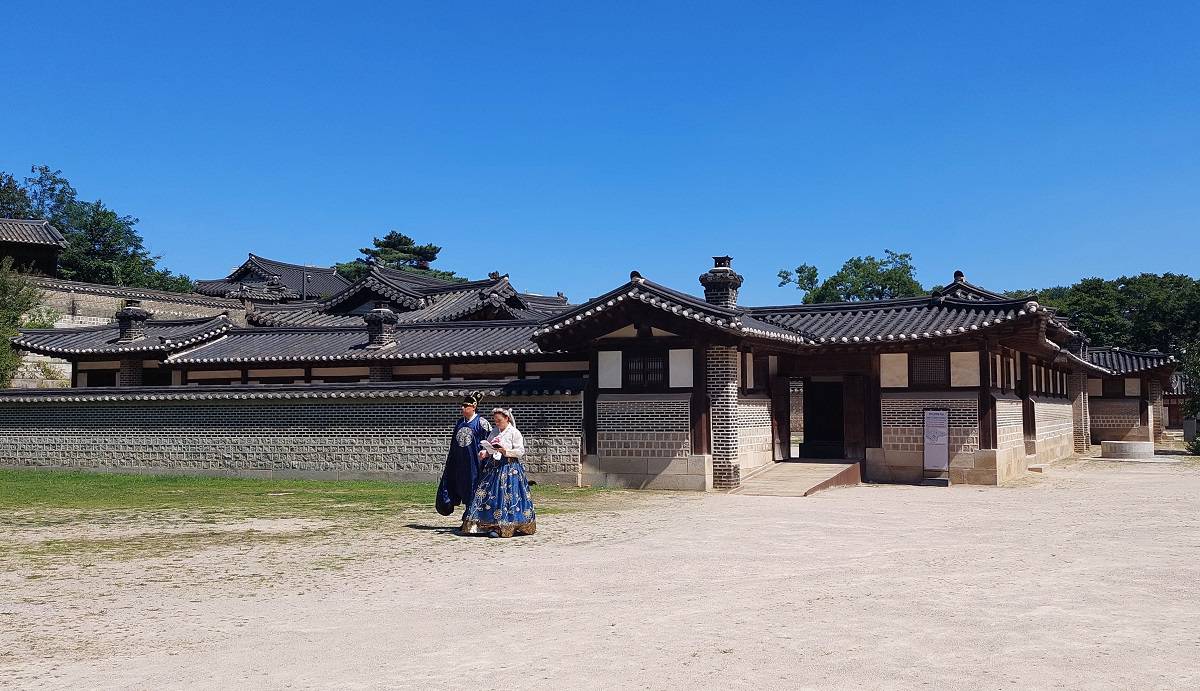
🏯 Natural Wonders and Beaches
South Korea's landscape is dotted with natural wonders and picturesque beaches that are worthy of topping any traveler's list. From the volcanic formations of Jeju Island to the flowered meadows and lush hikes within its national parks, adventure beckons for nature enthusiasts.
Hallasan (Jeju's Spectacular Scenery)
Jeju Island offers an overwhelming array of places of natural beauty. One of them is Hallasan, the tallest mountain in South Korea, and the island's mesmerizing coastline. The entire island is a UNESCO World Heritage site, famed for its volcanic rock formations, craggy caves, and crystal-clear waters.
Seoraksan National Park (& Other Hiking Trails)
Seoraksan National Park is known for its dramatic peaks, including the third-highest mountain in South Korea.
It's a paradise for hiking enthusiasts, with routes that range from relaxing walks to challenging treks. The breathtaking views of the mountain ridges, especially during the autumn foliage season, are a major draw (and rightly so).
Pink Muhuly Grass in Incheon
Seasonal spectacles include fields of pink muhly grass, which create a whimsical landscape that photographers dream of. Various parks across the country celebrate these floral displays, with the pink blush of muhly grass being a particular highlight in the autumn months, mainly October.
Haeundae Beach (& Other Beachfront Excursions)
For beach lovers, Haeundae Beach and Gwangalli Beach in Busan are famous for their wide shores and urban backdrops. Travelers can enjoy sunbathing, swimming, and various water sports.
Hyeopjae Beach on Jeju Island is known for its stunning white sands and clear blue waters, perfect for a lazy day or exploring the nearby seafood restaurants.
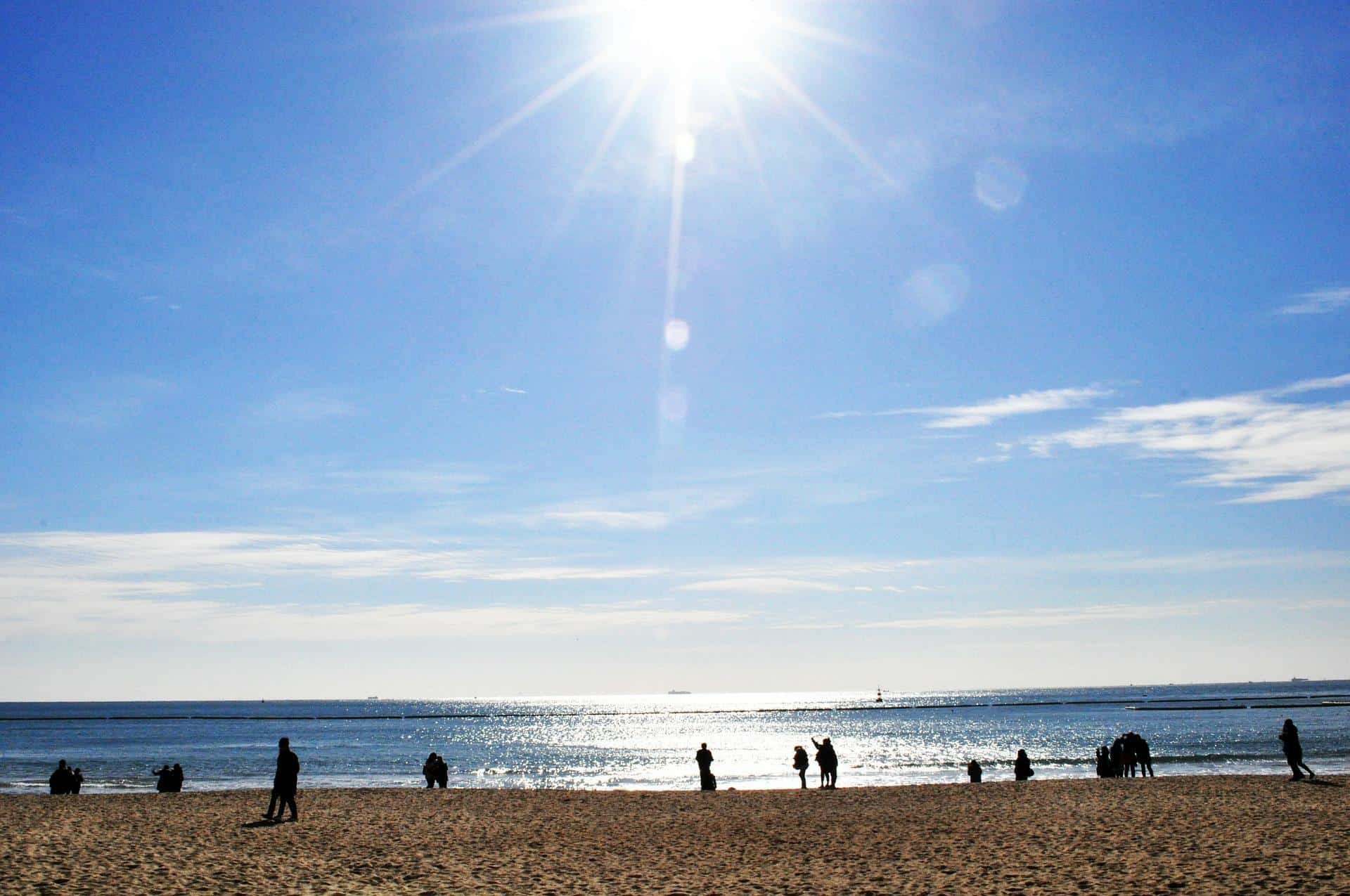
🏘️ Cultural Experiences and Village Life
Exploring South Korea offers a splendid tableau of cultural experiences, balancing rich tradition with vibrant village life. In particular travelers can immerse themselves in living history at well-preserved hanoks (traditional Korean houses) and folk villages, where the legacy of the past mingles with the present.
Jeonju Hanok Village
Jeonju Hanok Village serves as a beacon of traditional Korean culture. Home to over 800 hanoks, the village invites visitors to stroll along its cobblestone streets and savor authentic bibimbap, the dish Jeonju is famed for.
The architecture and handicraft workshops provide a tangible connection to Korea's artisanal heritage. For more unique experiences, I recommend exploring the extensive things to do in Jeonju Hanok Village.
Andong's Hahoe Folk Village
Nestled in the heartland of Korean tradition, Andong's Hahoe Folk Village is a UNESCO World Heritage site recognized for its well-preserved ancient homes and the serene Nakdong River nearby.
Visitors can watch performances of traditional mask dances and delve into the spiritual side of Korean culture among the village's thatched roofs and serene ambiance. I'd recommend visiting Hahoe Folk Village as an embodiment of this tradition.
Gamcheon Culture Village
While no longer a village, Busan's Gamcheon Culture Village offers a unique blend of art and community life against the backdrop of a modern urban setting.
Once a hilltop slum, it's been transformed with a vibrant array of murals and art installations. Its winding alleys and colorfully painted houses create a cheerful atmosphere that both commemorates and revitalizes the spirit of village camaraderie within the bustling city.
Along with walking through GMC, visitors to Busan can also experience the contrast between such traditional spaces and the modernity of the city, encompassing areas like Gyeongju, home to the ancient Bulguksa Temple and Tumuli Park.
Neighborhoods in Daegu
Daegu invites travelers to immerse themselves in Korea's cultural scene, with numerous museums and art galleries, as well as dotting traditional-style housing throughout the city. The area has a boring reputation, but it's a treasure trove for culture enthusiasts, offering a chance to witness the fusion of traditional Korean practices with innovative modern art.
Daegu's neighborhoods are known to be trendy, striking a balance between maintaining historic value and showcasing contemporary creativity.
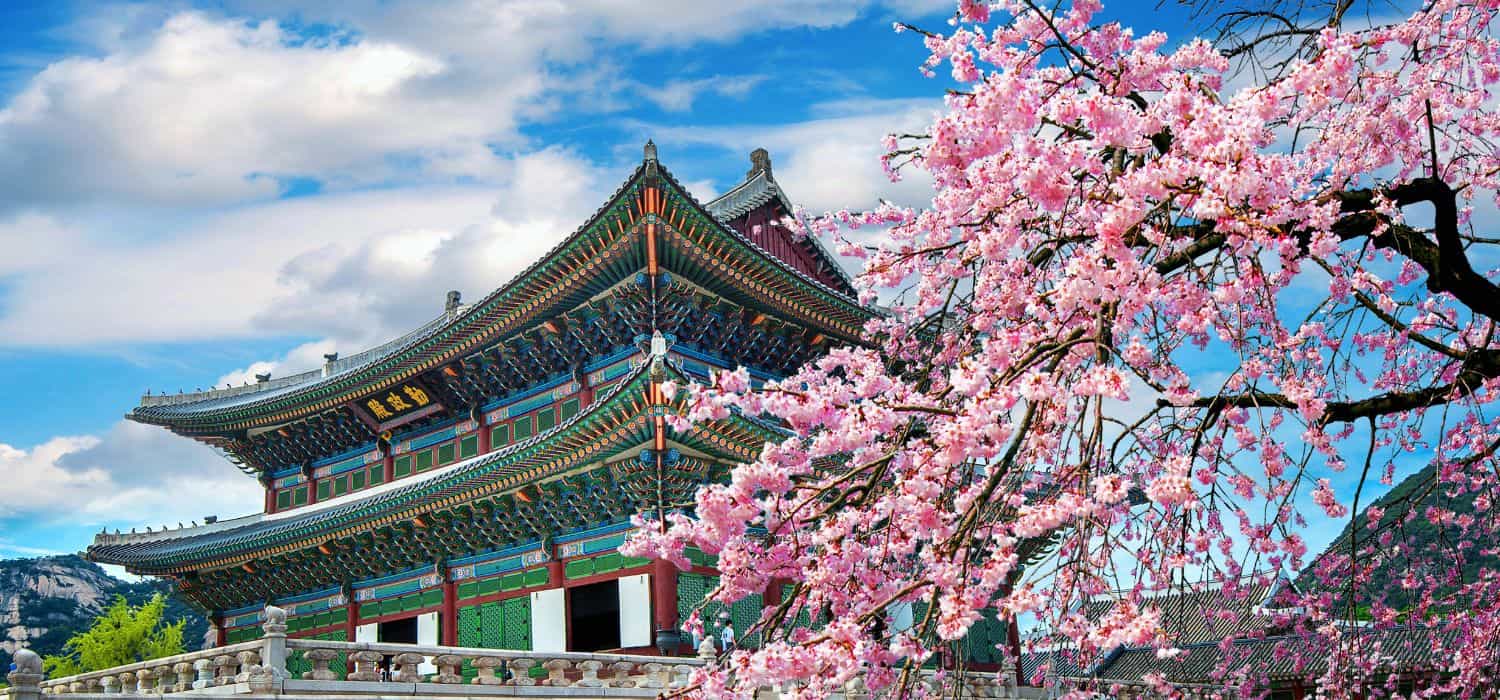
⛩️ Special Events and Seasonal Beauty
South Korea is a tapestry of seasonal wonders and festivities. From the delicate pink hues of cherry blossoms to the crisp, adventure-filled winters of Pyeongchang, travelers are welcomed to a world where traditional charm meets natural splendor.
The Boseong Green Tea Festival is another event that showcases Korea's rich cultural canvas and blossoms in the warmth of May, away from the winter chill.
Flower Blossom Festivals
Each spring in Korea, the country's landscape transforms as cherry blossoms blanket places like Nami Island in pastel tones.
Visitors can enjoy the fleeting beauty of these blooms at festivals across the country, mostly in late March and early April. These festivals often offer live music and cultural experiences beneath the flowering canopies. Some of my favorite Korean flower festivals:
- Yeouido Spring Flower Festival in Seoul: View the blossoms alongside the Han River.
- Jinhae Cherry Blossom Festival in Gyeongsangnam-do: South Korea's largest cherry blossom festival.
Pyeongchang Winter Olympics Village
Winter ushers in a snow-covered Pyeongchang, the proud host of the 2018 Winter Olympics. From November to March, adventure-seekers can relish world-class skiing and snowboarding events, while leisure travelers indulge in the season's serene beauty. Alpensia Ski Resort and Yongpyong Resort are the two most popular resorts in the Pyeongchang area
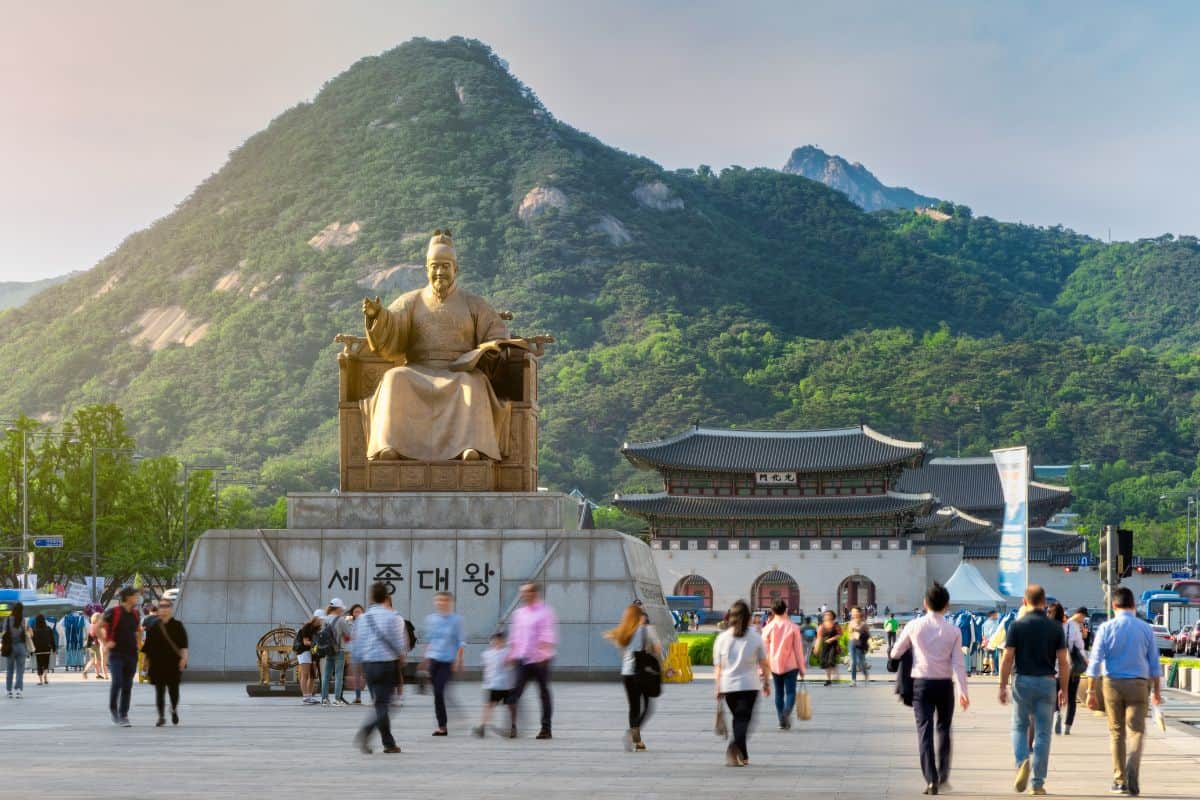
🏞️ Unique Attractions and Experiences
The Demilitarized Zone (DMZ)
The territory dividing the two Koreas in half offers a DMZ experience that’s both poignant and educational. Visitors to the DMZ can explore the Joint Security Area and the various tunnels discovered beneath the border, giving them insights into the complexities of the Korean conflict.
It's also a chance to visit Dorasan Station, a symbol of hope for future unification. Nearby, the Imjingak Park showcases war artifacts and the Freedom Bridge. Overall I do recommend going on a DMZ tour, but you'll want to know what to expect before you go.
Cheonjiyeon Waterfall's Serenity
Nestled on Jeju Island, Cheonjiyeon Waterfall offers travelers tranquil vistas - as they follow the walking paths to the waterfall, they’re greeted by the soothing sounds of water cascading into a clear, azure pool framed by lush greenery.
This natural sanctuary is a perfect moment of calm. It’s not uncommon to spot a variety of wildlife, particularly at dawn or dusk. Nearby, visitors can also explore Seongsan Ilchulbong, a famous volcanic cone offering panoramic views.
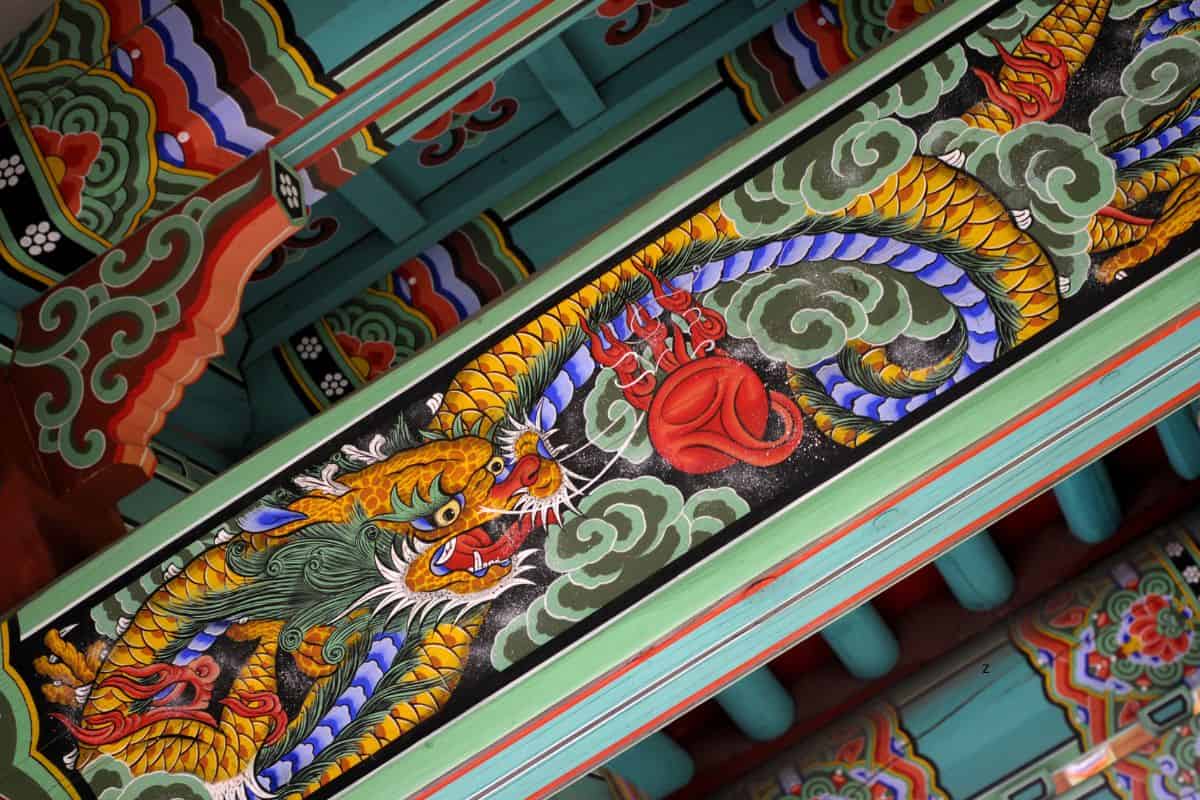
🚆 Getting Around South Korea
Traveling within South Korea is both convenient and efficient, thanks to a well-established network of transportation.
By Train
The KTX (Korea Train eXpress) offers fast and comfortable services between major cities. It's the preferred method to quickly reach distant places, like the Alpensia resort or going from Seoul to Busan.
By Bus
Intercity buses are a reliable option, with extensive coverage to most locales. These include more remote areas such as Buddhist temples tucked away in the countryside. They're a cost-effective way to get around and experience local life.
By Subway
In metropolitan areas like Seoul, the subway system is a traveler’s best friend. It provides an easy way to navigate the city, especially if one intends to visit popular markets or the fish market in Seoul.
By Car
For those who wish to explore at their own pace, renting a car could be ideal. This gives travelers the freedom to venture to less accessible areas without the constraints of public transport schedules.
Taxis
Taxis are abundant in cities and can take visitors directly to their destinations, such as Suwon’s Hwaseong Fortress. They offer convenience, especially after a day of exploring and shopping, or when public transportation has closed for the night.
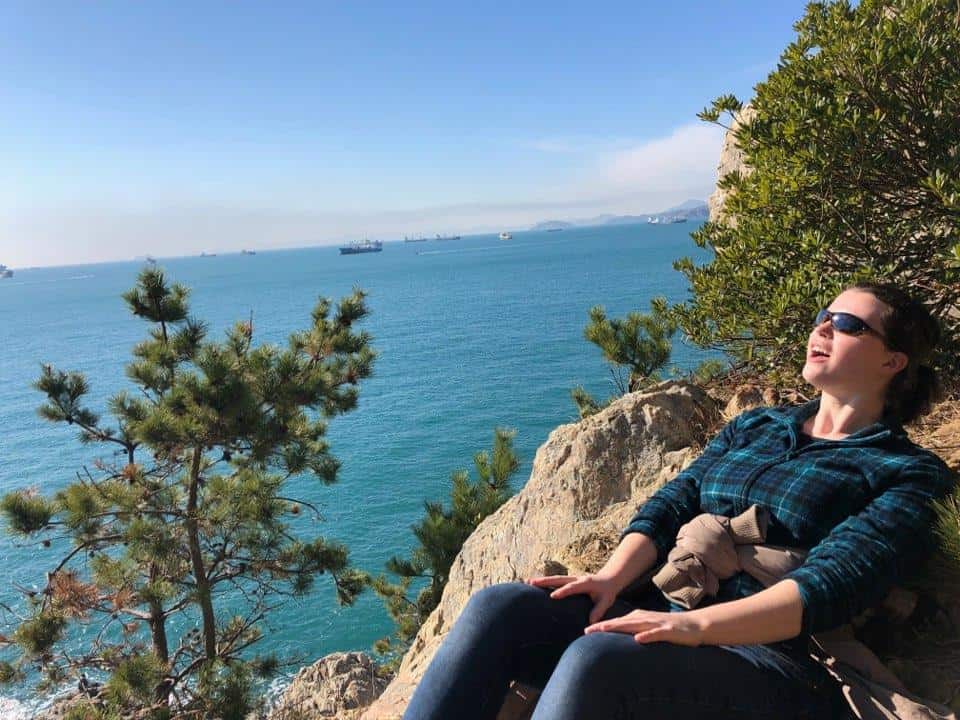
Frequently Asked Questions
Visitors to South Korea often begin their journey in Seoul, where ancient palaces like Gyeongbokgung stand against a backdrop of modern skyscrapers. Outside the capital, the city of Busan is renowned for its beaches, hot springs, and the Busan International Film Festival.
Nature enthusiasts shouldn't miss Seongsan Sunrise Peak on Jeju Island, known for its breathtaking sunrise views, and the picturesque Boseong Green Tea Fields that stretch across rolling hills in the south of Korea. Jirisan National Park is another treasure, offering serene hiking trails through diverse ecosystems.
For a deep dive into the country's traditions, Haeinsa Temple is essential; it houses the world’s oldest intact Buddhist canon. Additionally, the village of Bukchon Hanok preserves a vast collection of traditional Korean houses, providing a glimpse into centuries-old architectural styles.
Some stunning views can be seen from Chunwang Peak, the second highest point in the nation, offering breathtaking vistas of the surrounding landscape. Meanwhile, the coastal city of Tongyeong provides panoramic oceanic views from the Hallyeosudo Viewing Ropeway.
Travelers seeking off-the-beaten-path experiences can explore Jeungdo Salt Farm, known as a treasure island for its biodiversity and salt fields. The historical city of Gyeongju offers a quiet retreat, full of ancient tombs, temples, and artifacts dating back to the Silla Dynasty.



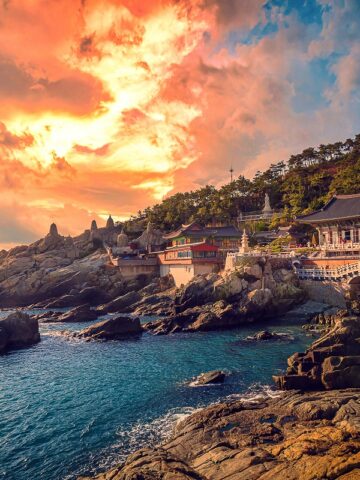

Willy Florkowski says
This was so helpful
Max says
Glad to hear it, Willy!